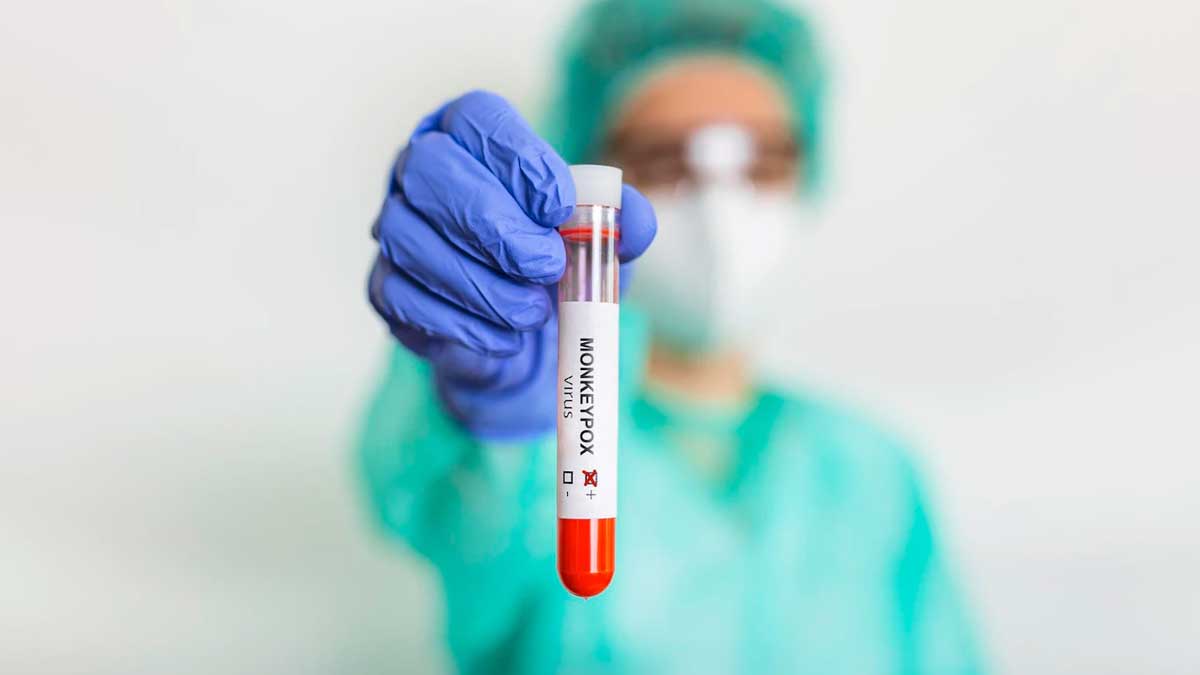
Monkeypox virus disease is a rare zoonosis. It is a rare disease similar to smallpox caused by the monkeypox virus. The virus has hit all over the world and was recently declared a pandemic by the World Health Organisation. It causes flu-like symptoms such as fever and chills, and a rash that can take weeks to clear.
The monkeypox virus spread can be curtailed with the right strategies in the right groups, without creating stigma and discrimination, elucidated Dr. Poonam Khetrapal Singh, regional director, World Health Organisation (WHO) South-East Asia. She also added that the risk of monkeypox in WHO South-East Asia Region is currently assessed as moderate and not severe.
Talking along the lines Dr. Poonam cautioned, “However, in view of the complexities and uncertainties associated with this multi-country public health event, WHO announced the ongoing monkeypox transmission as a Public Health Emergency of International Concern (PHEIC), the highest level of global public health alert for countries to implement a coordinated response, with the goals of stopping human-to-human transmission and protecting the vulnerable groups.’’
Further talking about the testing capacities for monkeypox globally, and in the region are limited, but are being strengthened Dr. Poonam Singh expressed that India’s National Institute of Virology, Pune, is one of the four referral laboratories for countries across WHO South-East Asia region. India has identified a network of laboratories for the diagnosis of the monkeypox virus.

Also read: World Lung Cancer Day 2022: Why Most Smokers Don’t Get Lung Cancer, Expert Answers
Also here the experience of India and the region in strengthening laboratory diagnosis for COVID-19 will be useful. WHO is supporting countries with technical assistance and procurement of diagnostic assays that are high in demand and low in supplies globally,’’ Dr. Poonam further added.
According to Dr. Poonam the spread of the virus can be prevented and controlled by early detection and isolating the positive cases for the duration of the infectious period. She also said that minimizing the risk of onward transmission during the infectious stage and conducting contact tracing among individuals in contact with anyone who may be a suspected, or is a confirmed case of Monkeypox are a few critical measures for preventing virus spread.
Also watch this video
How we keep this article up to date:
We work with experts and keep a close eye on the latest in health and wellness. Whenever there is a new research or helpful information, we update our articles with accurate and useful advice.
Current Version
